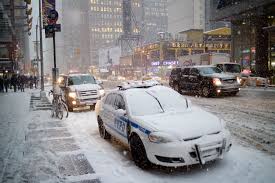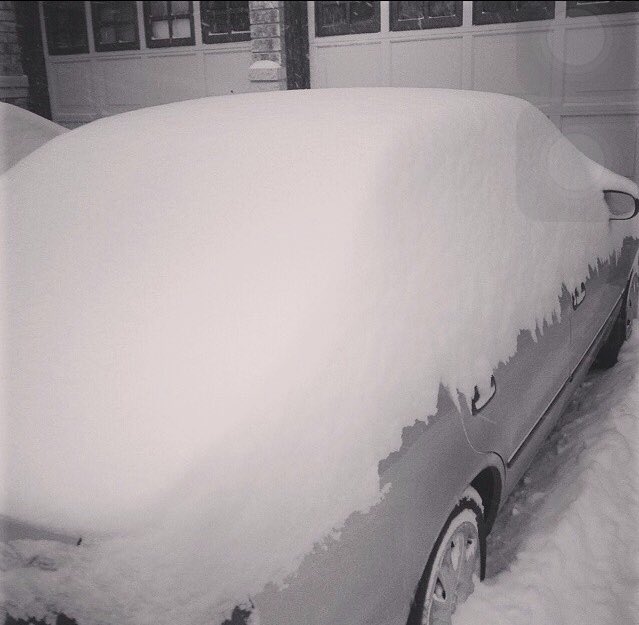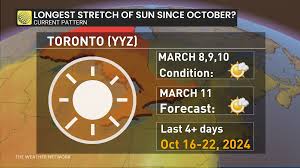
Introduction
Blizzard warnings are critical notifications that indicate severe winter weather, characterized by strong winds, heavy snowfall, and reduced visibility. These warnings are essential for public safety, allowing individuals and communities to prepare for potentially hazardous conditions. With climate change leading to increasingly erratic weather patterns, understanding these warnings has never been more pertinent.
What Is a Blizzard Warning?
A blizzard warning is issued by meteorological authorities when specific criteria are met: sustained winds of 40 kilometers per hour or greater, visibility of less than 400 meters due to snow, and these conditions lasting for at least four hours. The combination of fierce winds and heavy snowfall can create life-threatening conditions, making it vital for individuals in affected regions to heed these warnings.
Recent Blizzard Events
In recent weeks, parts of Canada, particularly the Prairies and Eastern provinces, have been under blizzard warnings due to severe winter storms. For instance, in mid-November 2023, the Ontario and Saskatchewan regions faced rapid snow accumulation paired with winds exceeding 70 km/h, prompting local authorities to issue urgent alerts. Residents were advised to stay indoors, avoid travel, and prepare emergency supplies including food, water, and essential medications.
Safety Tips During a Blizzard
For those caught in a blizzard, here are some precautionary steps to follow:
- Stay indoors: Avoid unnecessary travel and stay updated on weather reports from reliable sources.
- Have an emergency kit: Stock a supplies kit containing food, water, a flashlight, batteries, medications, and blankets.
- Check on neighbors: If safe, ensure elderly or vulnerable neighbors have the supplies they need.
- Prepare your home: Consider insulating or sealing windows and doors to minimize heat loss.
Conclusion
Blizzard warnings serve as essential alerts that can help save lives and reduce the risk of injury during extreme winter weather. It is crucial for individuals and communities to be proactive in understanding these warnings and taking appropriate action. As climate patterns shift, it is expected that the frequency and intensity of blizzards may increase, making preparedness more important than ever. By staying informed and ready, communities can navigate the challenges posed by these brutal weather events.






